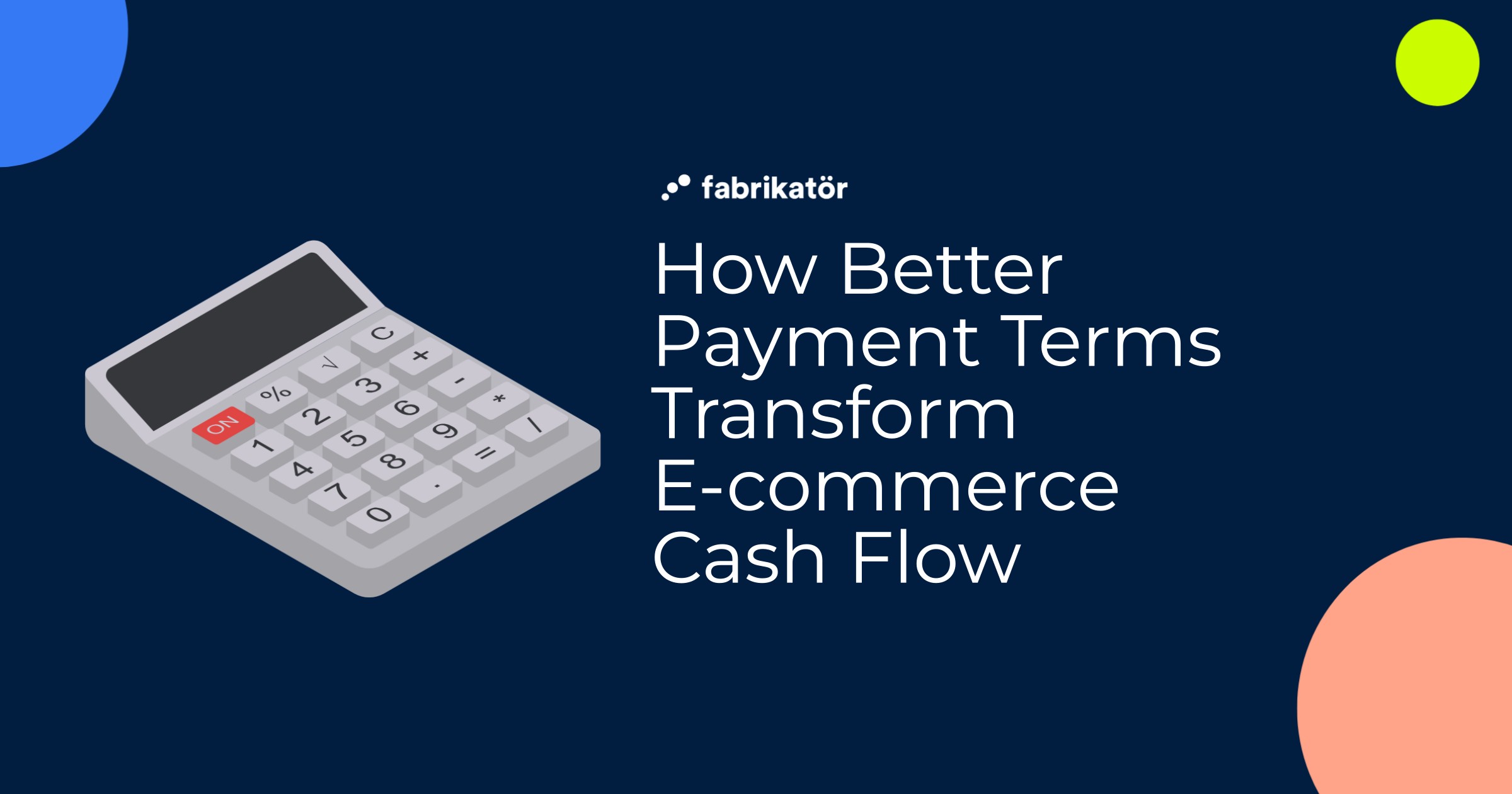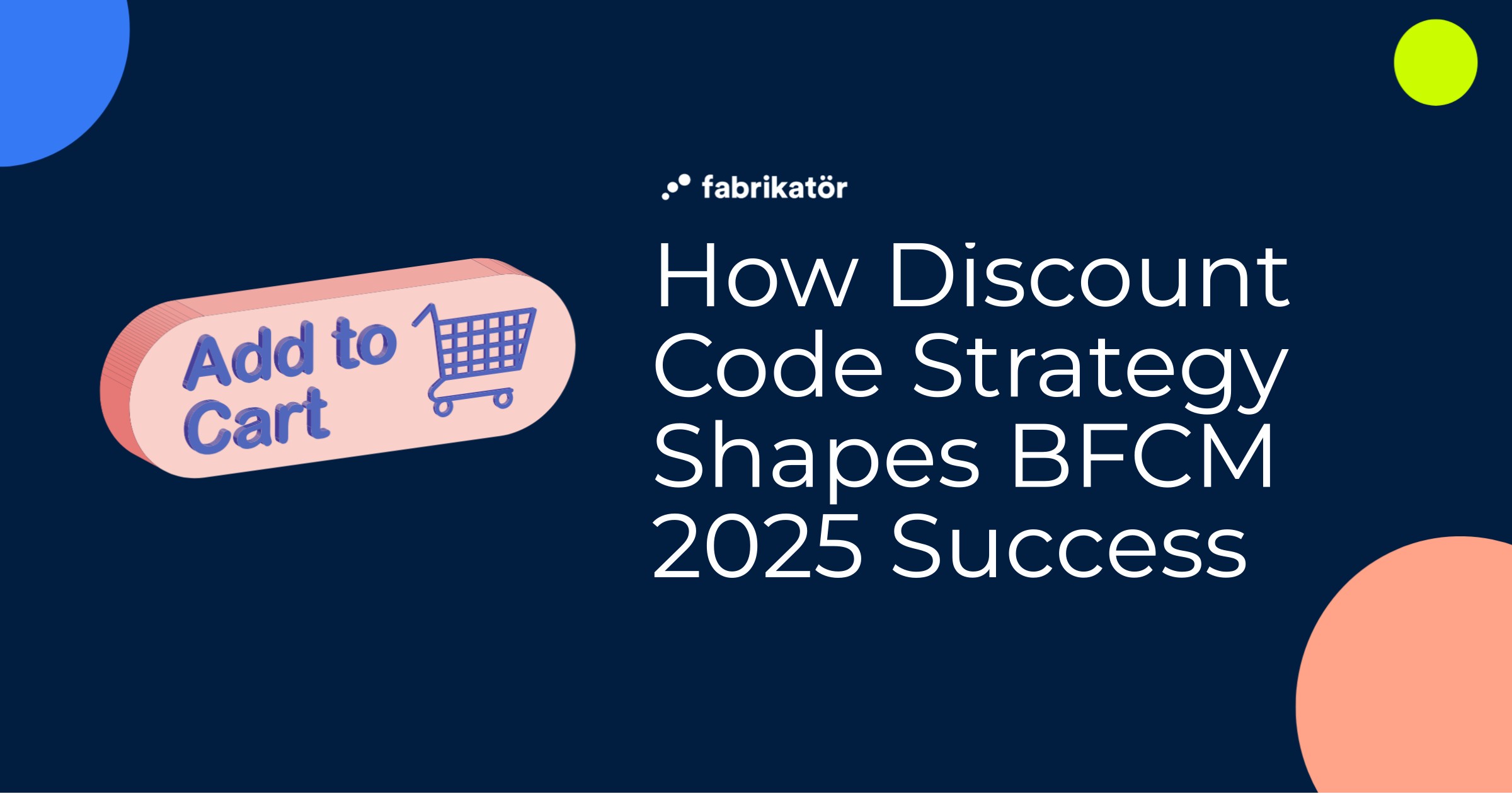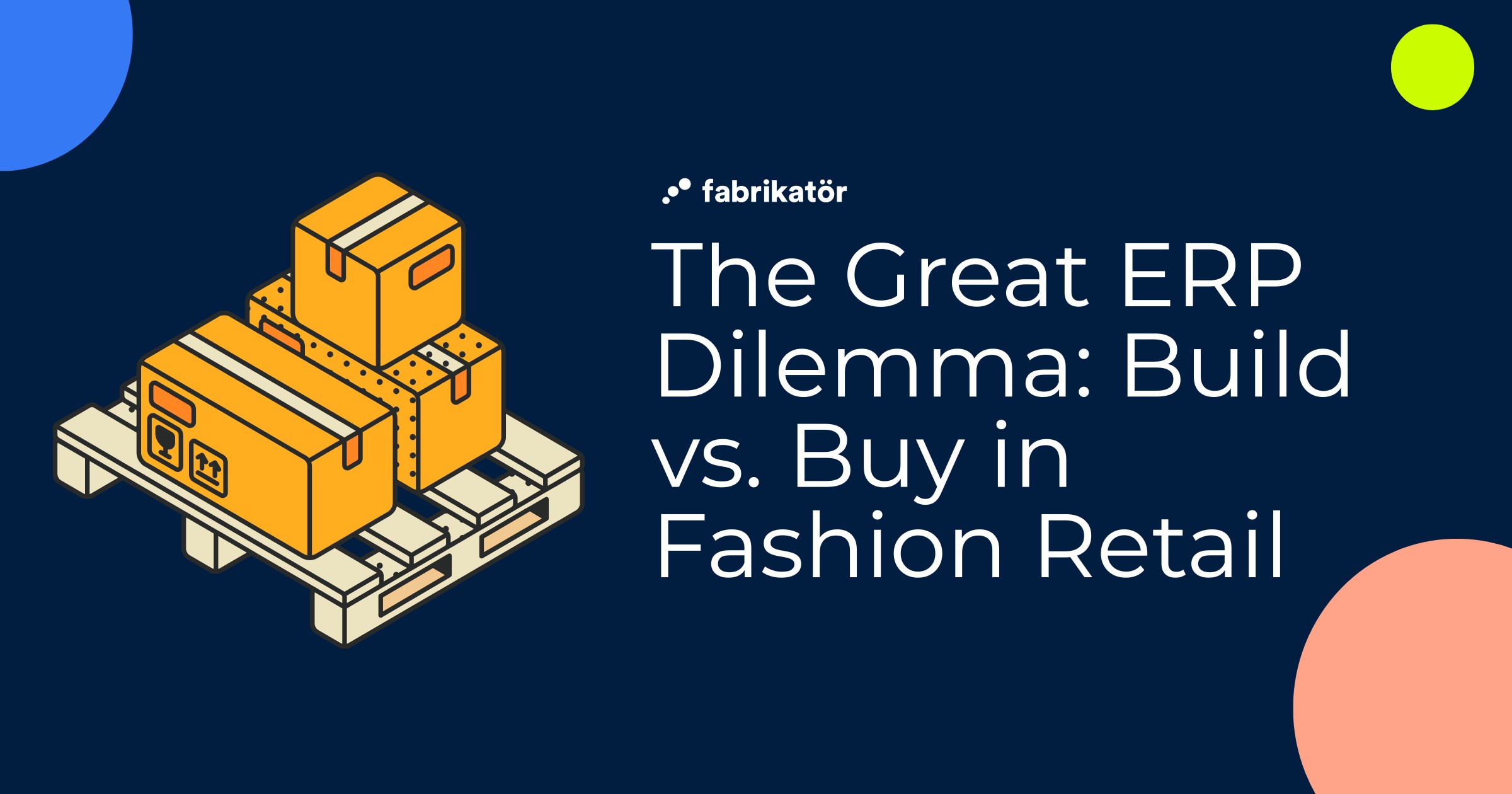Tracking CM1 and CM2 for Inventory Success

What if understanding your inventory's financial performance was as simple as tracking your revenue? Many Shopify store owners overlook a vital aspect of managing their business - the significance of Contribution Margin 1 (CM1) and Contribution Margin 2 (CM2). These metrics aren't just buzzwords; they are the bedrock of successful inventory and discount planning.
Why Tracking CM1 and CM2 Matters
CM1 represents the profit margin when variable costs related to product production are deducted from revenue. Meanwhile, CM2 aligns this figure further by accounting for the variable portion of selling costs, such as commissions and direct channel advertising.
For Shopify store owners, tracking these metrics isn't just about understanding profitability; it's about making data-driven operational decisions. Knowing these figures informs not only inventory replenishment strategies but also discount planning. How much could you discount a product without eroding your margins to a point of no return? CM1 and CM2 provide those answers.
The Challenges of Margin Miscalculation
Despite their importance, a common misconception is that simply knowing your top-line revenue will suffice in understanding inventory health. This oversimplification can lead to poor decision-making. Without granular insight into margins, brands face a dual threat: overstocking and falling prey to discount traps that erode profitability.
Analyzing the Metrics
Dissecting CM1 and CM2 demands a closer look at your cost structures. CM1 serves as an indicator of operational efficiency - the lower your production cost, the higher your CM1. CM2, meanwhile, can reveal how discounts and promotions impact profitability. For instance, if a promotional strategy significantly reduces your CM2, it may be time to revise your approach.
Real-World Insights
Consider a fast-growing direct-to-consumer fashion brand that recently evaluated its discount strategy by zeroing in on CM2. "We realized our discounts were eating into our profitability through bloated selling costs," says the brand's COO. By adjusting the discount percentages and tailoring them to products with higher CM2, the brand balanced its inventory without sacrificing margins.
Framework for Effective Use
To leverage CM1 and CM2 effectively, start by accurately tracking production and selling costs. This often involves periodical reviews and precise calculation models. Engage in scenario planning: simulate how changes in these margins impact your overall business, especially with seasonal fluctuations or new product launches.
Fabrikatör's Role in Enhancing Margin Clarity
At Fabrikatör, we help commerce brands bring structure and clarity to their inventory planning process. By connecting sales data, marketing insights, and purchasing workflows, our platform enables operators to forecast demand, plan purchases, and stay in control of their stock balance. Book a demo with Fabrikatör to see how your team can make smarter, calmer decisions.
Drawing to a Close
In the multifaceted world of Shopify stores, the nuanced understanding of CM1 and CM2 can set apart thriving brands from those struggling amid narrow margins. By tracking and analyzing these metrics, store owners can navigate inventory complexities with strategic precision, ultimately fostering sustainable growth and profitability.










